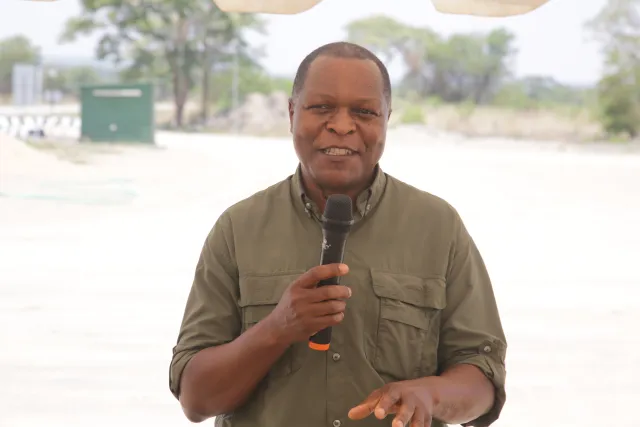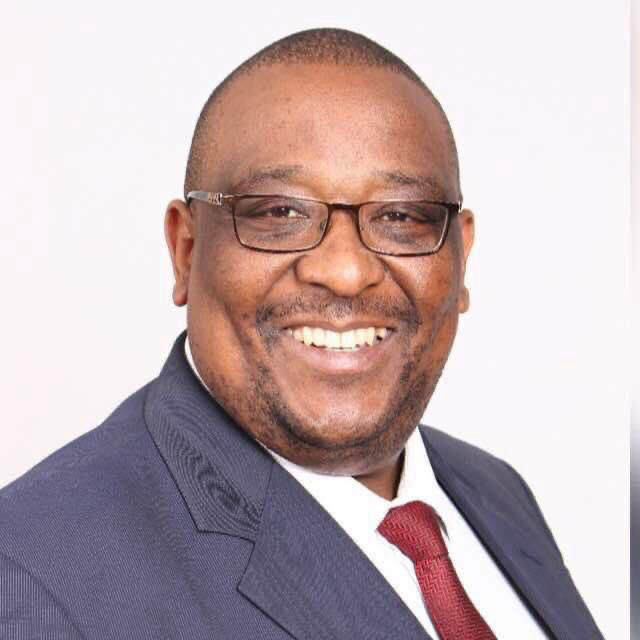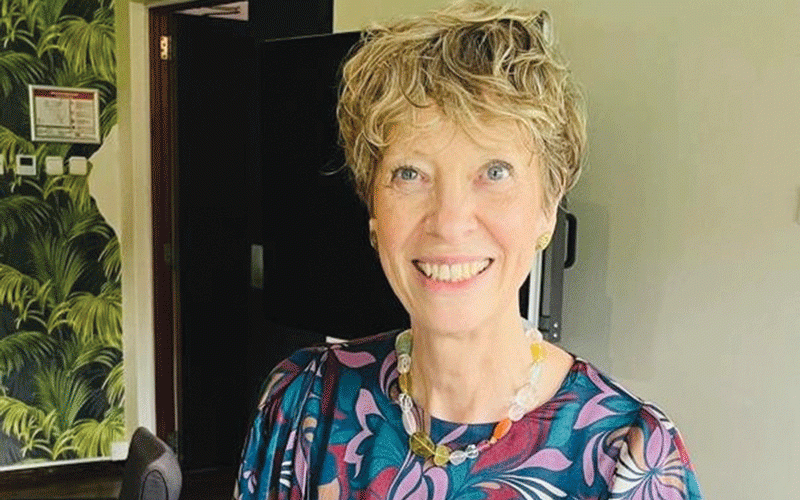
FOLLOWING his election as Chamber of Mines of Zimbabwe president last month, gold mining executive Thomas Gono (TM) has been working on strategies to help the industry reverse the slump in volumes seen during the five months to May. In this interview with our business editor, Mthandazo Nyoni (MN), Gono, who is the Golden Reef Mining chief executive officer tackles perennial issues that the country has taken long to deal with.
MN: Congratulations on your election as Chamber of Mines of Zimbabwe president. What are your immediate and medium to long-term goals?
TG: First, I would like to take this opportunity to thank my predecessor Colin Chibafa for his astute leadership during his tenure as president in the past two years. I am taking over the ship at a time the chamber has a clearly defined vision and goals, which are relevant to its mandate of promoting, protecting and fostering the mining industry.
Leveraging on existing cordial relationship between government and the chamber, my strategic priorities will be specifically aligned to the fulfilment of the above-mentioned objects. To this end, my immediate tasks will be to address issues undermining the viability of operations in the mining industry. My medium to long term goals will be to address growth and competitiveness issues in the industry and promote capital inflows into the mining sector.
MN: What pressing issues do you intend to address right away?
TG: The main issues undermining mining industry viability are power shortages and foreign exchange constraints. In the first half of 2023, most minerals recorded declines in output due to these challenges. Mining companies experienced regular and prolonged power outages during the first half of the year, resulting in production disruptions and output losses.
Further, foreign currency retentions have been under pressure from emerging demands including payment of electricity bills wholly in foreign currency.
Most suppliers of goods and services are now demanding payments exclusively in foreign currency. With most companies undertaking expansion projects, the available foreign currency is now inadequate to meet both the operation and Capex (capital expenditure) requirements. It is in this regard that the chamber will continue engaging government and authorities for adequate foreign currency that meets operational requirements and expansion needs of mining companies. We will also engage (national power utility Zesa Holdings to guarantee mining operations adequate power at competitive electricity tariffs.
- Mines propose fresh power import deal
- Motorist robbed while relieving self
- Abafana bakaMzilikazi ventures into African disco
- RBZ shifts blame to companies
Keep Reading
MN: Tell us more about challenges confronting the mining sector, besides the issues that you have mentioned
TG: Apart from foreign exchange and power constraints, the potential of the mining industry is also undermined by capital shortages, high-costs structures characterised by high electricity tariffs, high interest rates and suboptimal royalties specifically for platinum, diamond and lithium operations.
MN: How much did the mining industry spend last year on expansion and new projects? How much do they intend to invest this year?
TG: According to the state of the mining industry survey report released in November last year, most mining companies were undertaking expansion projects. They further indicated that they were planning to increase their level of capital expenditure amounting to US$1,02 billion this year.
MN: Are mining companies making progress on investments into green energy? If so, what kind of impact can we anticipate from these investments?
TG: Mining companies have generally embraced green energy. A number of large mining operations have invested in alternative power sources such as solar energy. One major project that comes to my mind is the Caledonia (Blanket Mine) solar plant, which is now supplementing their power requirements with an additional 30 megawatts. Other companies such as Zimplats have similar plans, and are embarking on the same.
MN: In terms of mineral sales and earnings, how did the industry fare in the first five months of this year? How do the figures compare to those from the same period last year?
TG: Mineral exports for the period January to May 2023 were US$2,25 billion, compared to US$2,32 billion in the same period in 2022.
MN: Which sector contributed the most?
TG: Gold exports accounted for the largest share of mineral earnings in the first five months of the year, at 35% of the total.
MN: What is your end of year outlook for the industry?
TG: The outlook for the rest of the year is positive. With the power situation having generally improved following the synchronisation of Hwange Unit 7 and 8, we believe that most mining companies will increase production and meet their annual targets.
MN: How many people are employed in the sector right now? Where do you see this figure in the next five years?
TG: Records show that at least 53 000 people are employed in the formal mining industry. With ongoing expansion projects and new projects, we expect the number to exceed 70 000 in the next five years.
A minimum of 500 000 are believed to be involved in the artisanal and small-scale mining sector. With an average mining dependency ratio of 5, approximately 2,8 million people directly depend on mining income for their survival. The number would be far more if you incorporate the indirect and spatial linkages between mining and its related upstream and downstream industries.
MN: Did the recently held 2023 mining conference meet your expectations?
TG: Feedback from attending stakeholders was that the conference was an overwhelming success. Most delegates were of the view that the programme, local and international speakers and scope of discussions were rich and relevant to the theme of the conference and topical issues in the mining industry.
The symposium on battery minerals value chain responded to many grey areas and unanswered questions that continued to dodge the lithium sector. As the chamber, we will follow the government and other stakeholders to implement resolutions from the conference and agreed positions.











